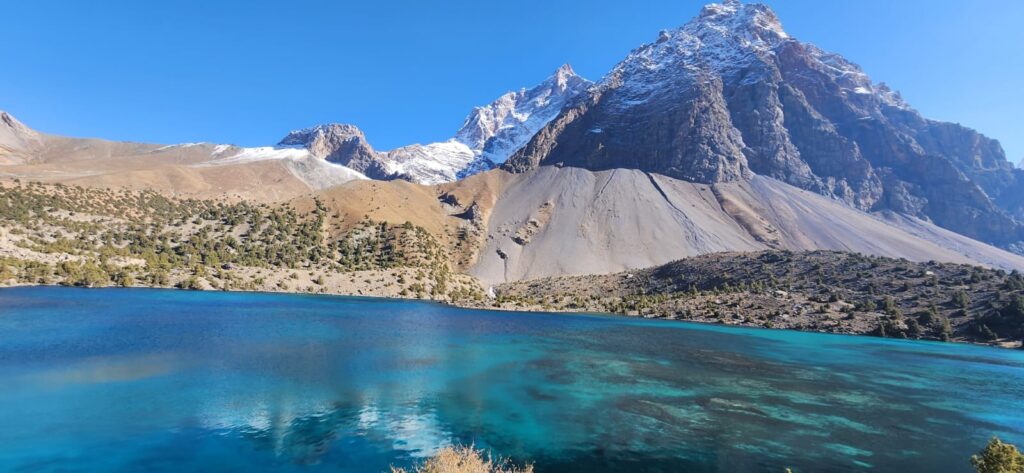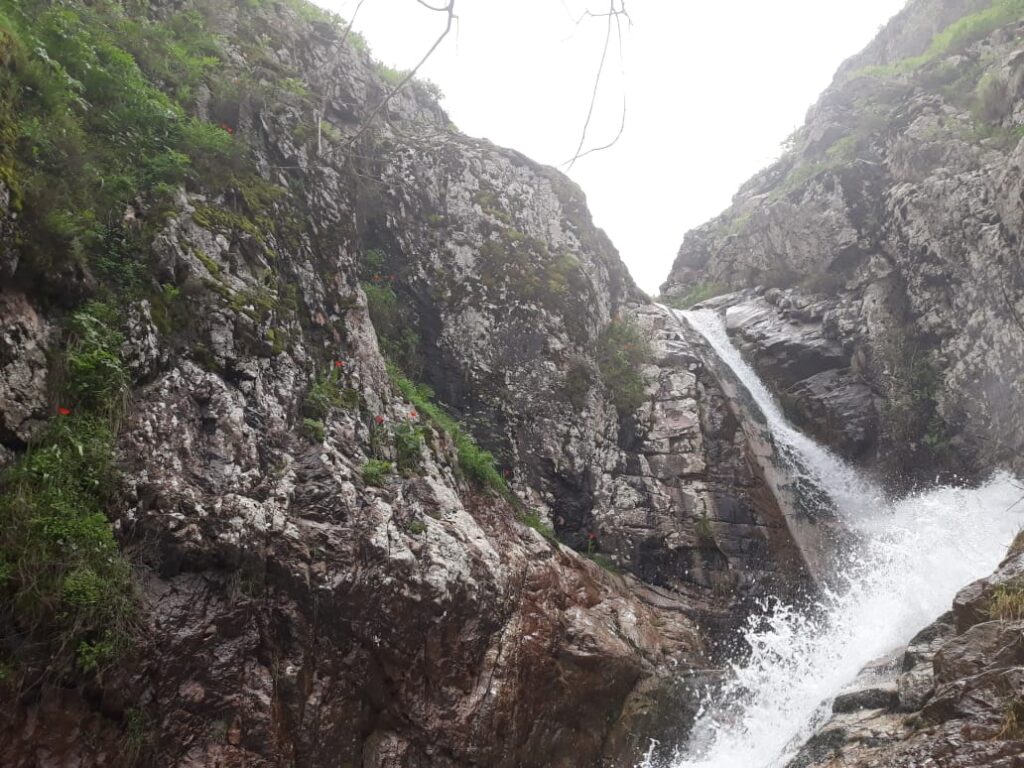The earth in Tajikistan is never just earth. In the Vakhsh Valley, it crumbles between fingers like powder, light and pale, laced with salt from decades of irrigation. In Gissar, it is darker, richer, holding the roots of wheat and apricot trees. In the Pamirs, it is thin, clinging to terraces carved by hand. Soils here are stories of survival, carrying both promise and threat, shaping how people eat, work, and live.
Farmers know their soils intimately. They speak of land that breathes when irrigated, of land that tires after too many cotton harvests, of land that grows stubborn weeds when left to rest. Scientists call these processes salinization, erosion, or nutrient depletion. Farmers call them fatigue. The fatigue is everywhere: canals leaking salt into fields, tractors compacting earth, rains washing fertile layers downstream. According to the Food and Agriculture Organization, nearly 60 percent of arable land in Central Asia suffers from soil degradation, much of it in Tajikistan (FAO, 2012).
Soil is both generous and unforgiving. It feeds cotton, wheat, vegetables, but punishes misuse. Soviet planners pushed the earth hard, turning valleys into monocultures of “white gold.” The yields were immense, but so were the costs: waterlogging, salinity, dependence on artificial inputs. Independence brought different pressures: fragmented farms, fewer resources, and the collapse of collective maintenance. Today, farmers patch their soils with whatever they can: manure, leftover fertilizer, even ash from stoves. Some succeed; others watch fields turn pale and stubborn.
To live with soil in Tajikistan is to live with uncertainty. Will the earth yield enough this year? Will the salt creep higher, the rains wash more away? Soil is not inert matter- it is alive, fragile, shaped by every drop of water and every hand that works it. In its cracks and clumps lies the difference between abundance and hunger, stability and migration
Erosion is a constant companion. Hillsides stripped of vegetation collapse during spring rains, sending mud into canals. In Khatlon, gullies cut deep scars across farmland, widening each year. Families dig channels to redirect runoff, but the scale is daunting. The Ministry of Agriculture admits that soil loss reaches millions of tons annually, undermining both productivity and infrastructure (World Bank, 2013).
Yet the land is also resilient. After rains, weeds sprout where nothing seemed possible. Pastures grazed bare recover when left alone. Villagers recall Soviet-era programs of contour plowing and shelterbelts- lines of trees planted to hold soil in place. Some of those trees still stand, roots gripping tightly, reminders of what worked and what was lost.
There are experiments in renewal. NGOs encourage crop rotation, drip irrigation, and organic fertilizers. Pilot projects show that even saline soils can recover if leached properly. Farmers who try these methods often speak with cautious pride: “The land is softer now. It drinks again.” Their words echo the deeper truth: soil responds to care.
Walking through a field near Panjakent at dusk, the smell of freshly turned earth rises, damp and rich. Children play along the furrows, throwing clumps at each other, laughing. For them, soil is play; while for their parents, it is everything. Beneath their feet lies not only the past of cotton campaigns and irrigation canals, but the future of food and life itself.
References
- FAO. (2012). Irrigation in Central Asia in Figures. AQUASTAT Survey. Rome: Food and Agriculture Organization.
- World Bank. (2013). Tajikistan: Environment and Natural Resources Review. Washington, DC: World Bank.
- UNDP. (2015). Soil Degradation and Sustainable Land Management in Tajikistan. Dushanbe: UNDP Tajikistan.








